Exhibition
2F Museum Facilities
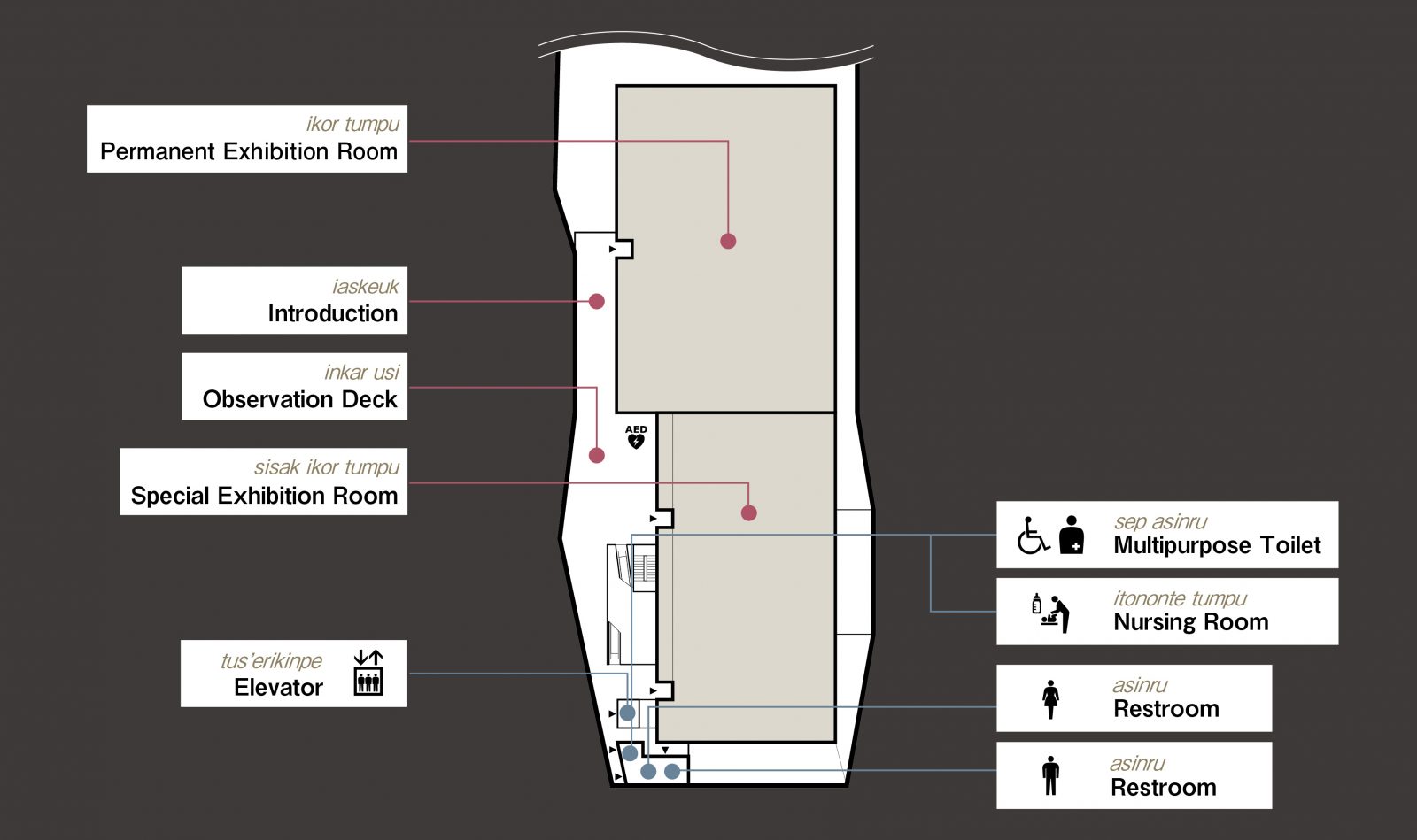
sisak ikor tumpu
Special Exhibition Room (2F)
National Ainu Museum 1st Seasonal Exhibition Ikor: The Materials and Techniques of the National Ainu Museum Collections
- Release Date:
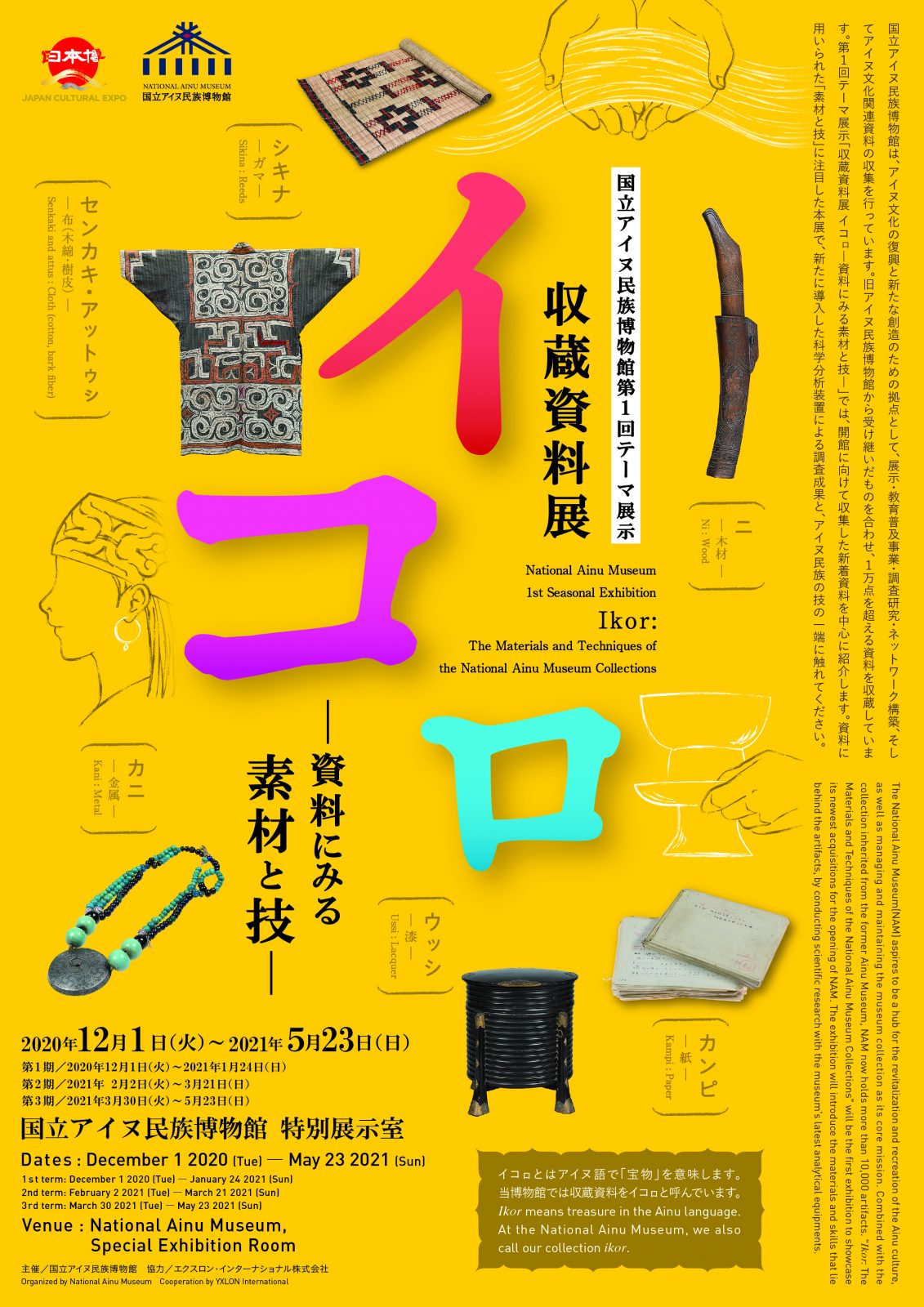
Exhibition Outline
The National Ainu Museum (NAM) aspires to be a hub for the revitalization and recreation of the Ainu culture, as well as managing and maintaining the museum collection as its core mission. Combined with the collection inherited from the former Ainu Museum, NAM now holds more than 10,000 artifacts. “Ikor: The Materials and Techniques of the National Ainu Museum Collections” will be the first exhibition to showcase its newest acquisitions for the opening of NAM. The exhibition will introduce the materials and skills that lie behind the artifacts, by conducting scientific research with the museum’s latest analytical equipment.
* Ikor means treasure in the Ainu language. At the National Ainu Museum, we also call our collection Ikor.
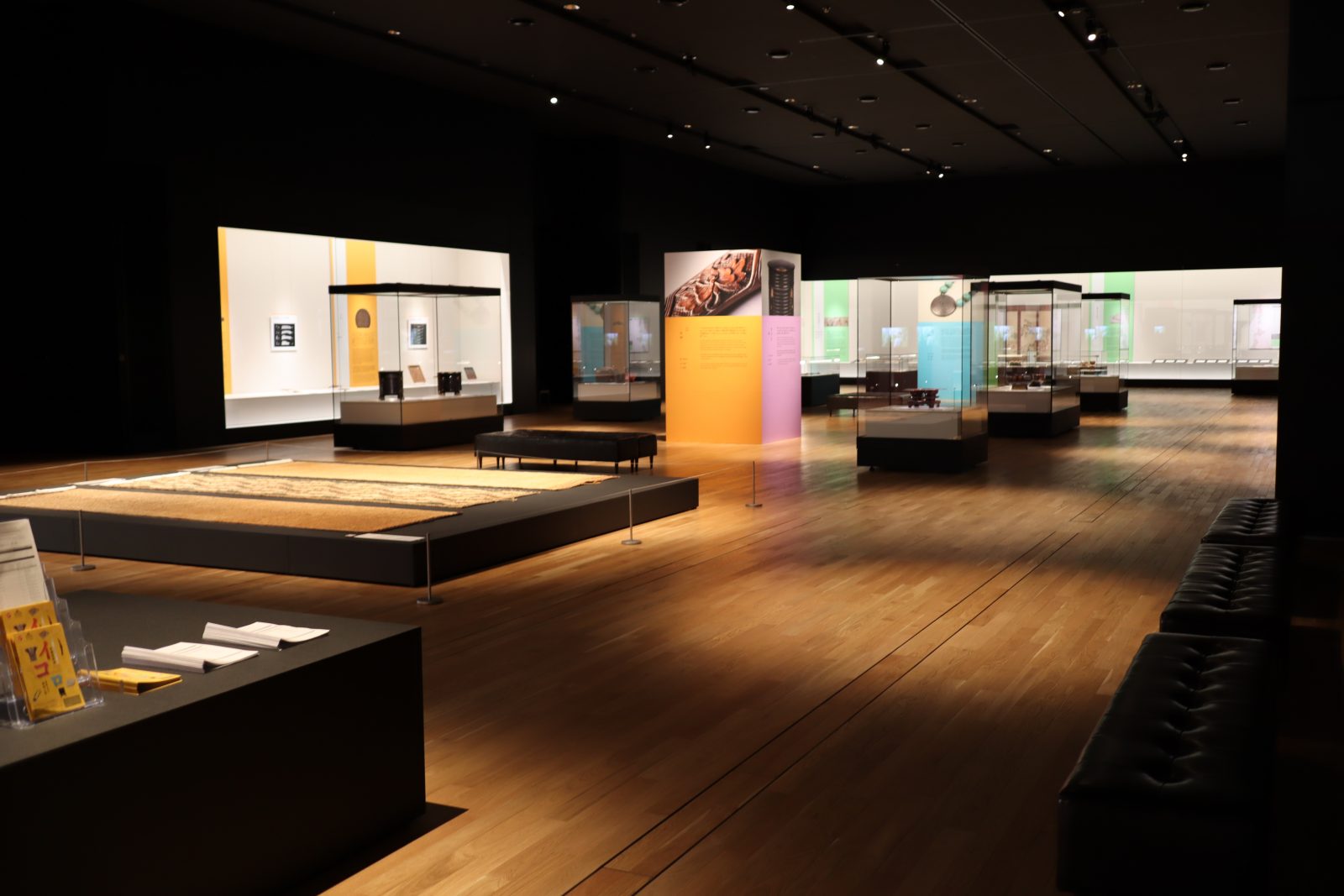
Overview
National Ainu Museum 1st Seasonal Exhibition
Ikor: The Materials and Techniques of the National Ainu Museum Collections
Dates
December 1 2020 (Tue) ― May 23 2021 (Sun)
1st term: December 1 2020 (Tue) ― January 24 2021 (Sun)
2nd term: February 2 2021 (Tue) ― March 21 2021 (Sun)
3rd term: March 30 2021 (Tue) ― May 23 2021 (Sun)
Venue
National Ainu Museum, Special Exhibition Room
Organized by National Ainu Museum
Cooperation by YXLON International
Closed on: Mondays (when Monday is a holiday, the museum will close on the next business day).
Closed from December 28 2020 to January 4 2021 for New Year’s holidays.
* The exhibition will close for the preparation for the next term.
January 26 2021 (Tue) ― February 1 2021 (Mon)
March 23 2021 (Tue) ― March 29 2021 (Mon)
Contents
Senkaki and attus: Cloth (cotton, bark fiber)
The techniques used for making Ainu garments both change with the times and remain unchanged through direct transmission and studying existing items and documents. This exhibit introduces the techniques used in the production of Ainu garments and shows these techniques in detail through CT imagery.
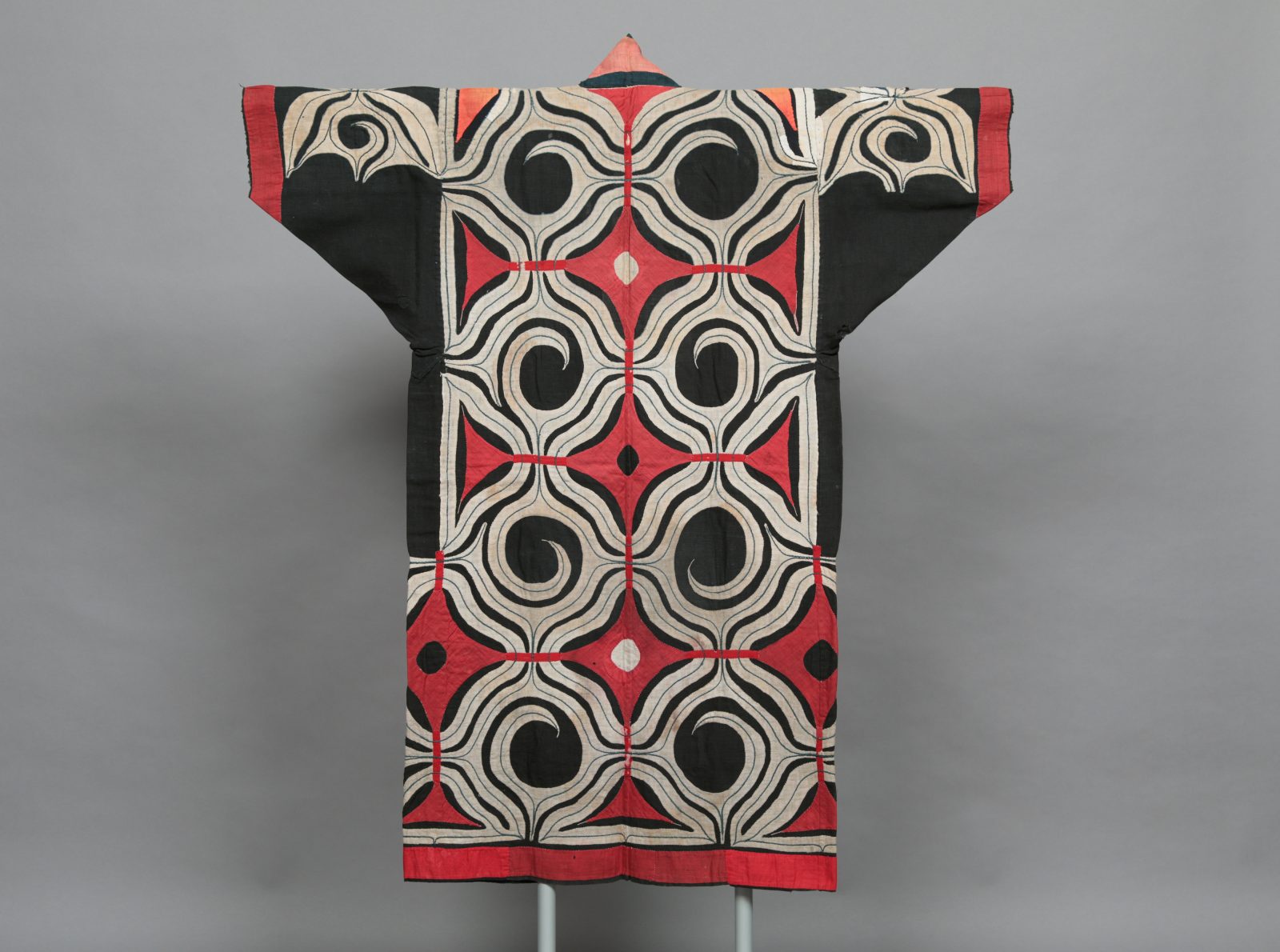
Garment (cotton)
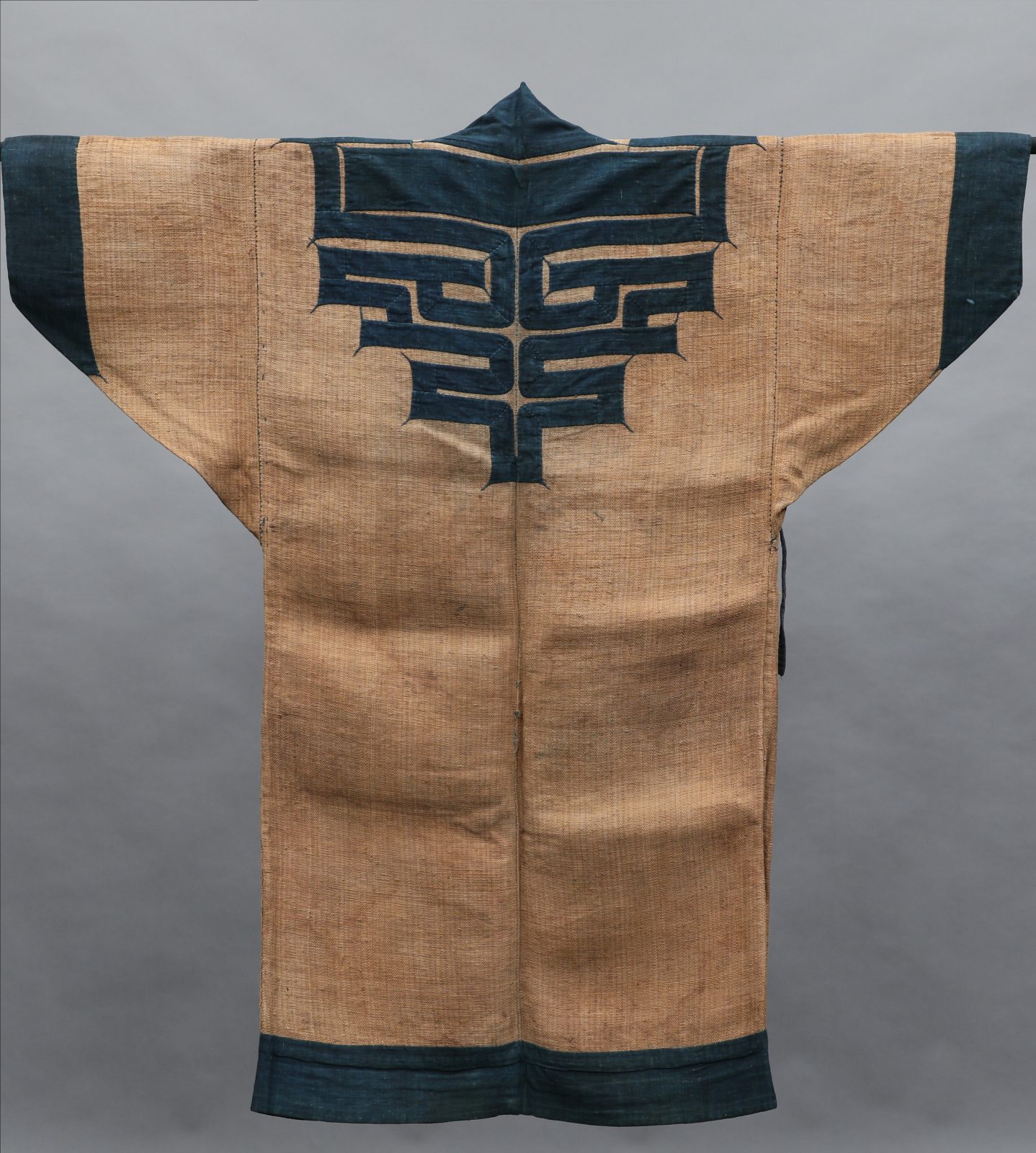
Garment (bark fiber)
Sikina: Reeds
Ainu make various daily implements from commonly found plants. Reed mats are one such example and are made from cattails, called sikina in the Ainu language. Here we introduce CT imagery analysis of the production techniques along with an attempt to reproduce the dyes used to color the mats.
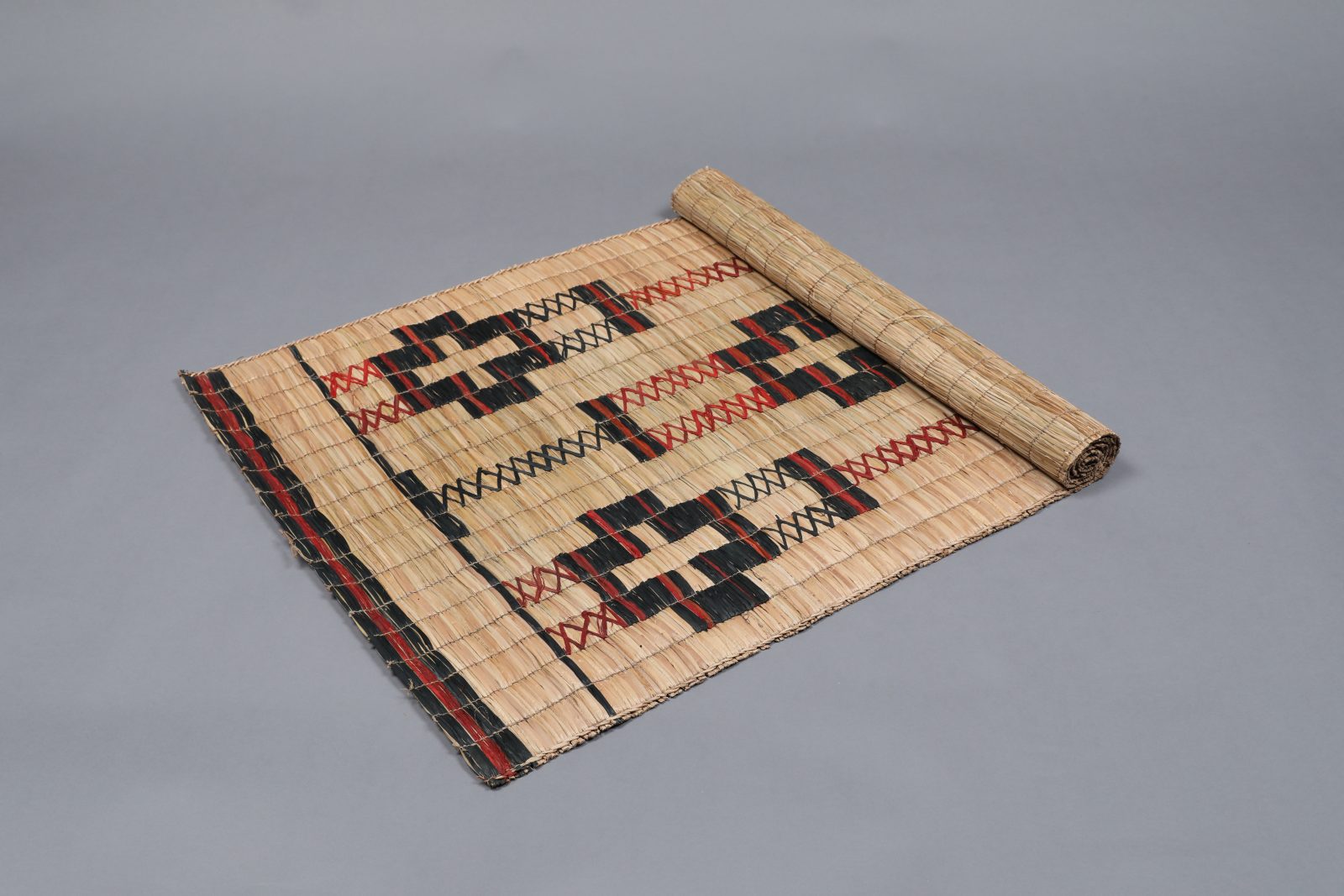
Patterned mat
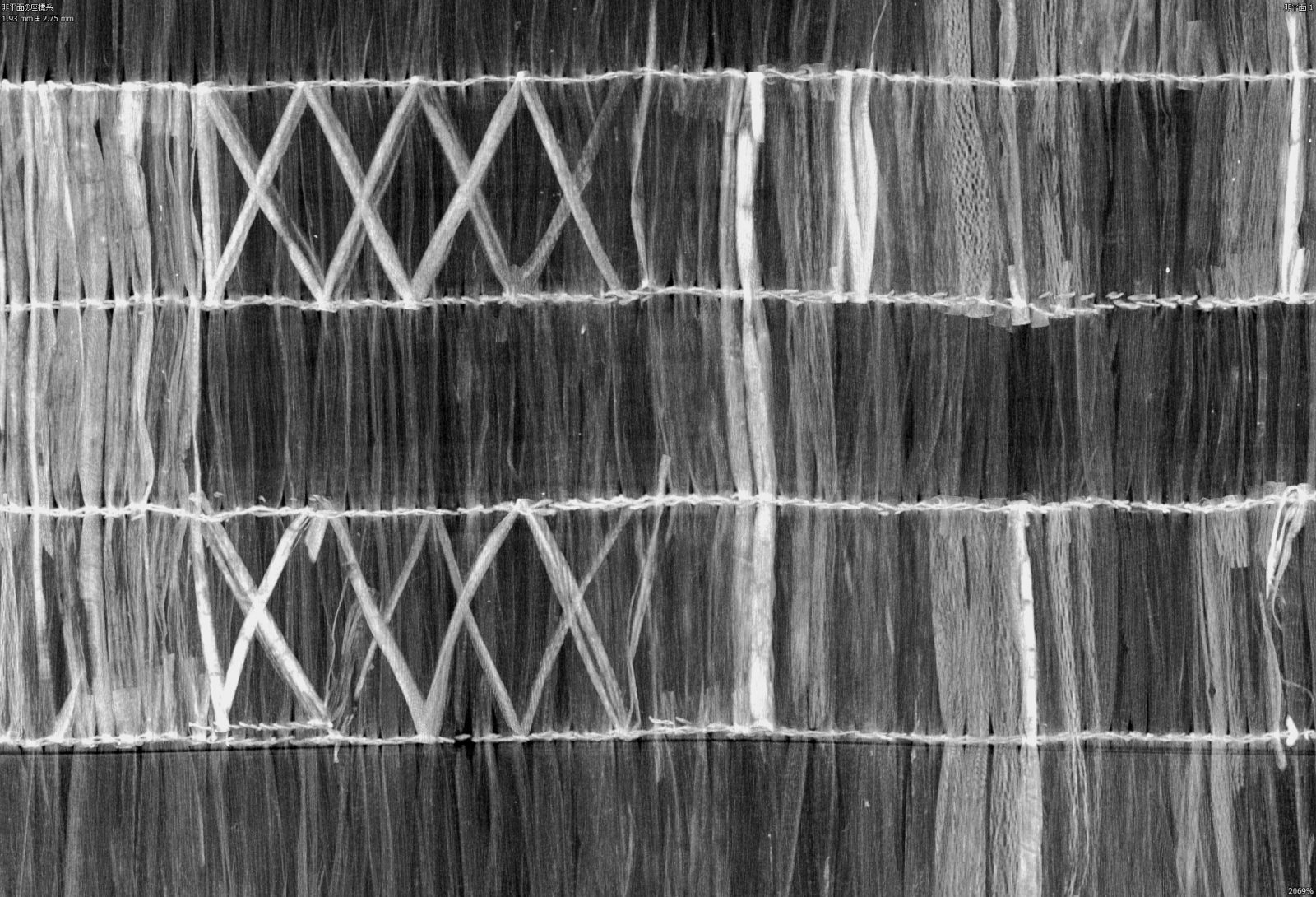
Tomographic Image using X-ray CT Imagery
Ni: Wood
As part of daily life, Ainu people make the tools they need for routine activities from wood with the characteristics necessary for each task. In many cases, these tools are carved and adorned with patterns. Using the latest analytical equipment, we have analyzed the techniques used to pattern trays and knives and here we will introduce our findings.
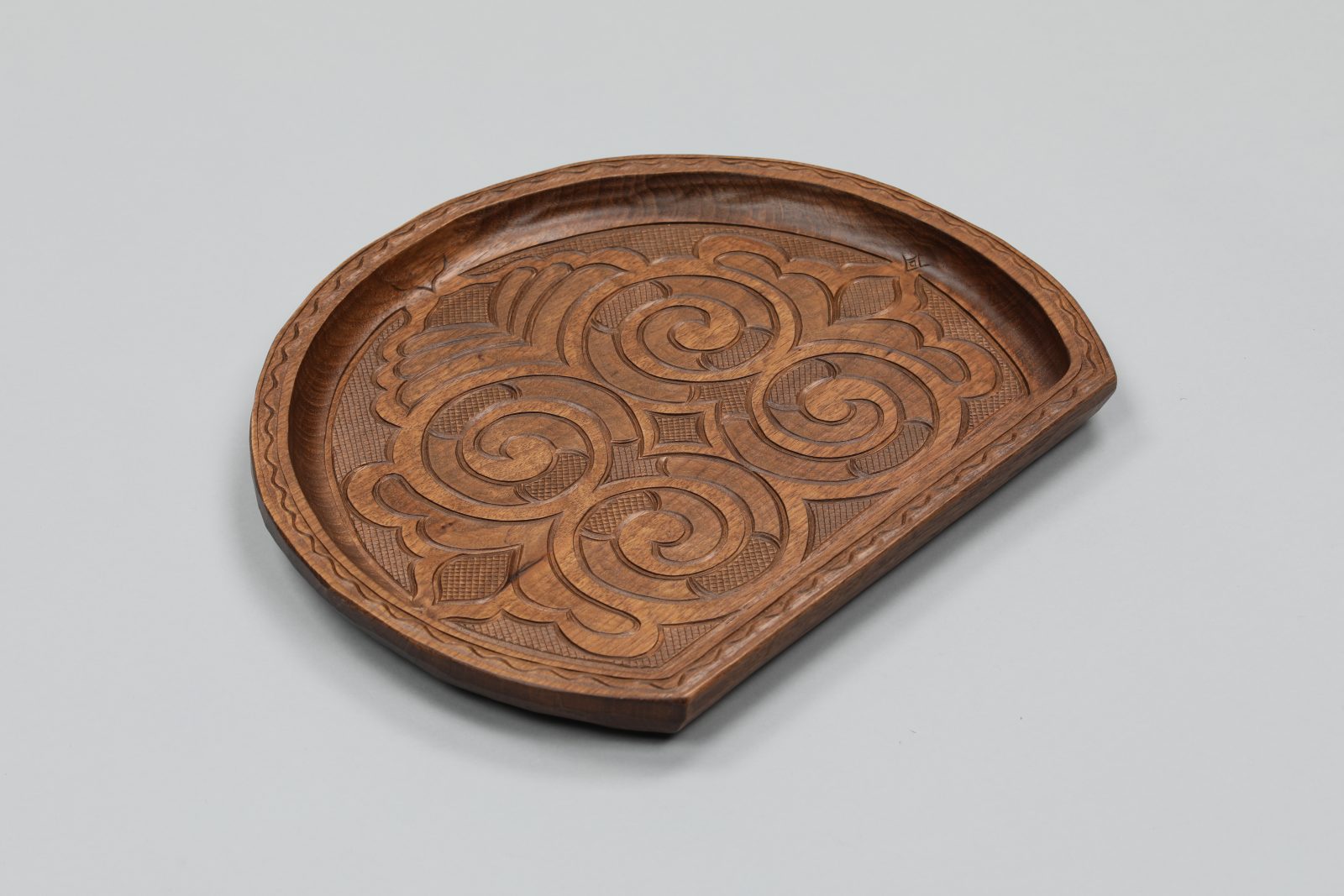
Ita (tray)
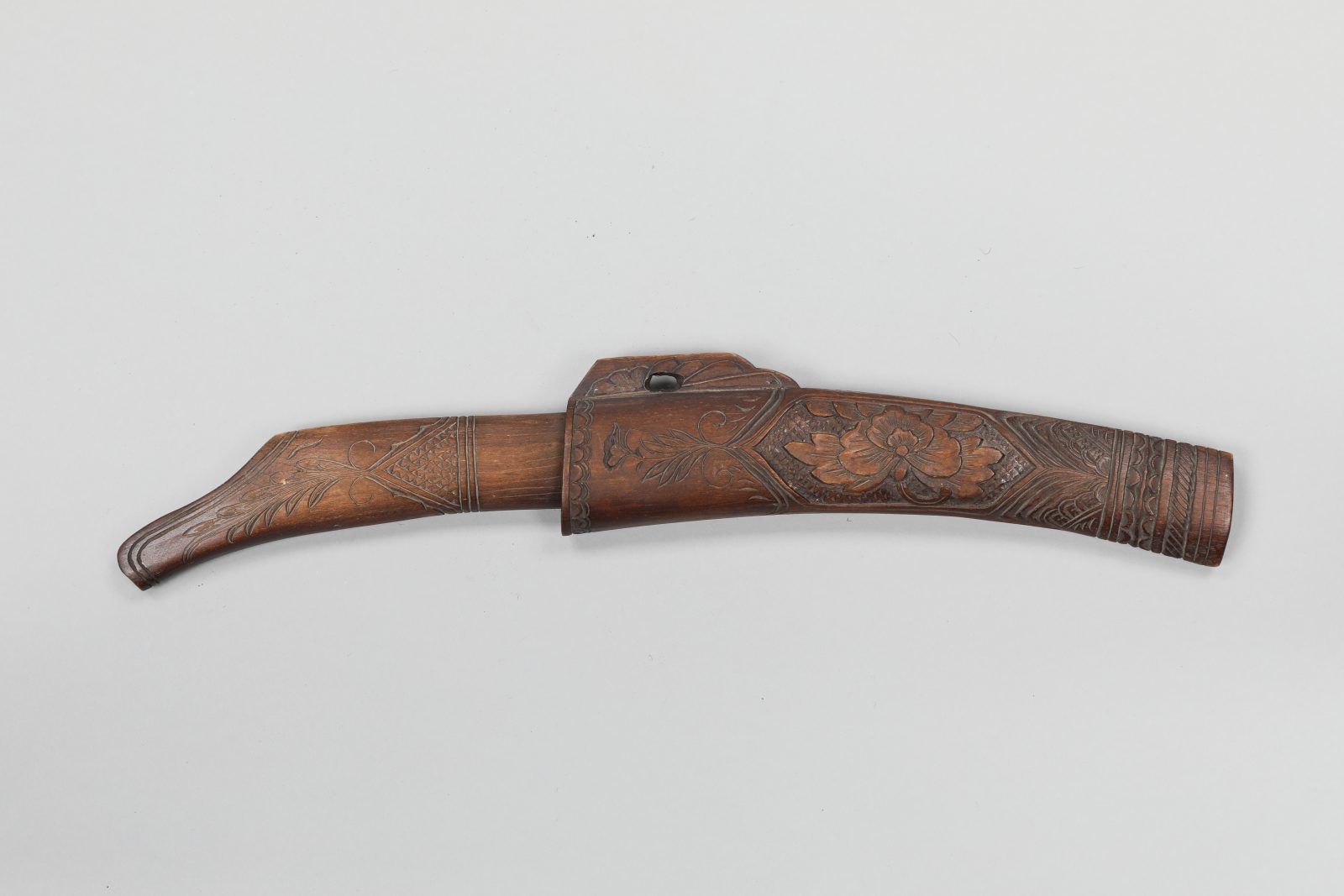
Makiri (knife)
Ussi: Lacquer
Lacquerware is an important type of implement used in Ainu rituals. In addition to use as everyday tableware, lacquerware is treated as a treasure that adorns the seat of honor in the home. Here we introduce an overview of different types and shapes of lacquerware along with a structural analysis using CT imagery.
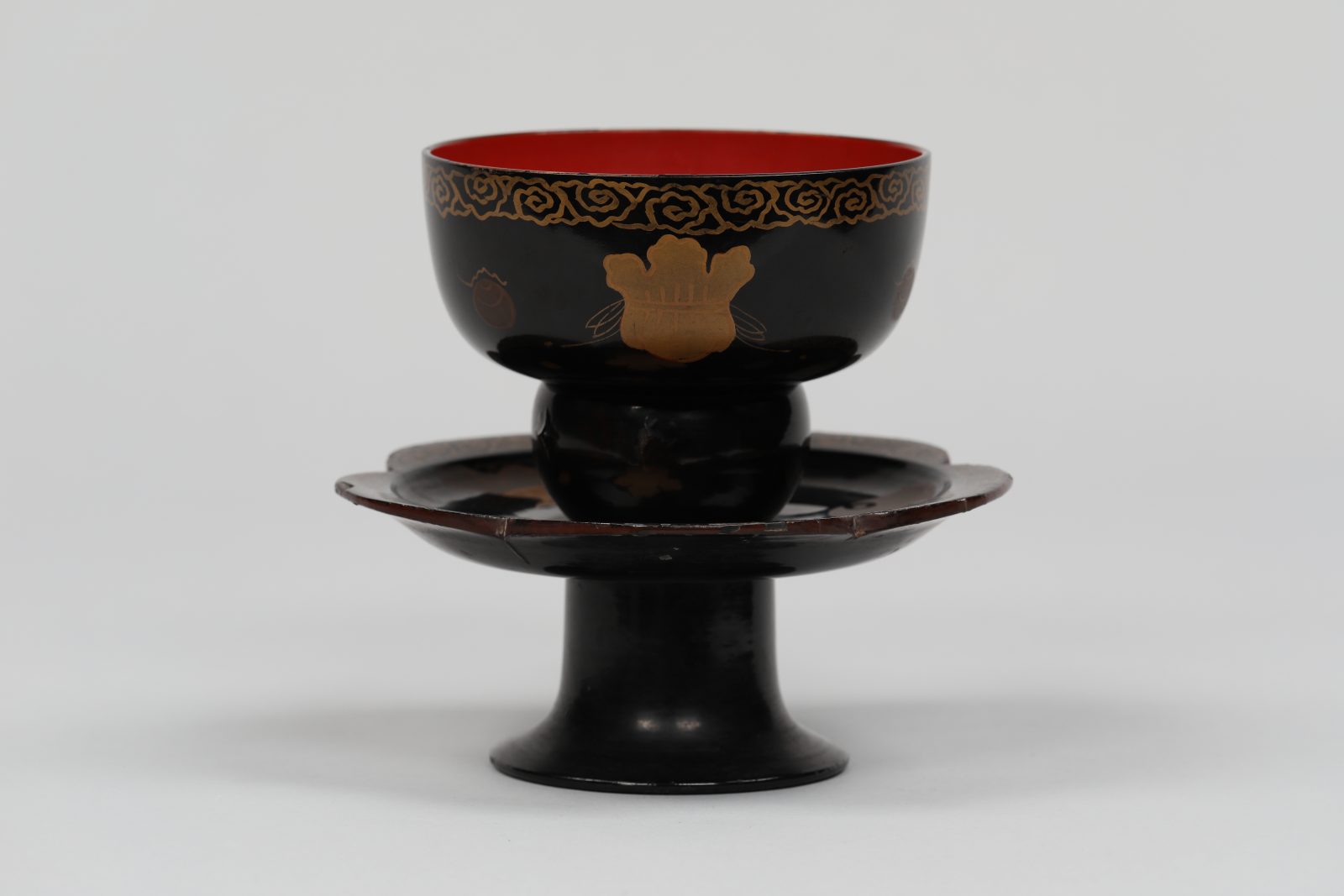
Takaysara (stand) and tuki (lacquered cup) Tomographic Image using X-ray CT Imagery
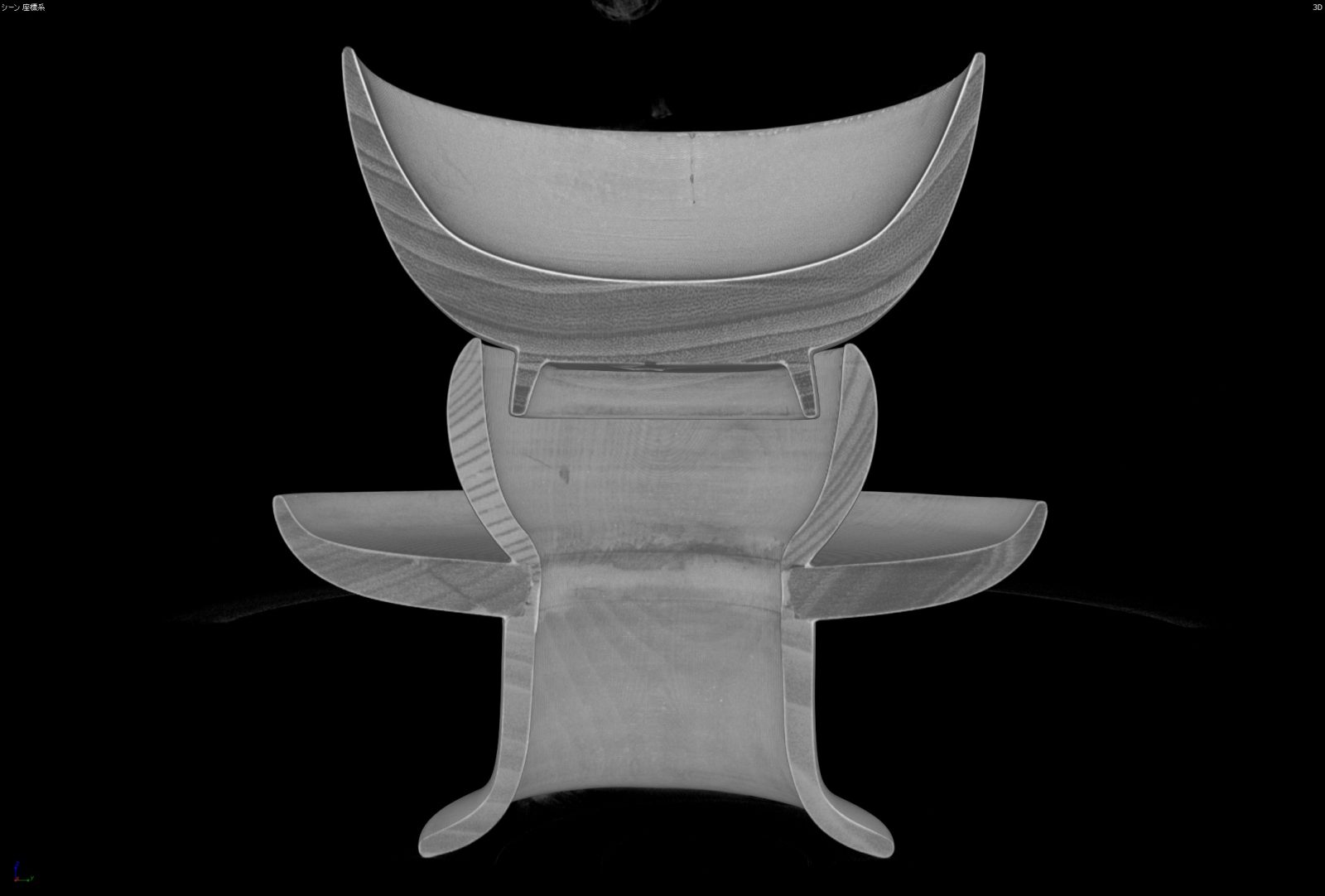
Tomographic Image using X-ray CT Imagery
Kani: Metal
All sorts of metal goods acquired by the Ainu through trade are used as decorative items to adorn the body and decorate the platforms used for treasured items. The use of metals, such as copper, silver, Abyssinian gold, and nickel silver has been confirmed. We expect that through future scientific surveys the materials and production methods, as well as information concerning which trade routes such items were obtained from will become clear.
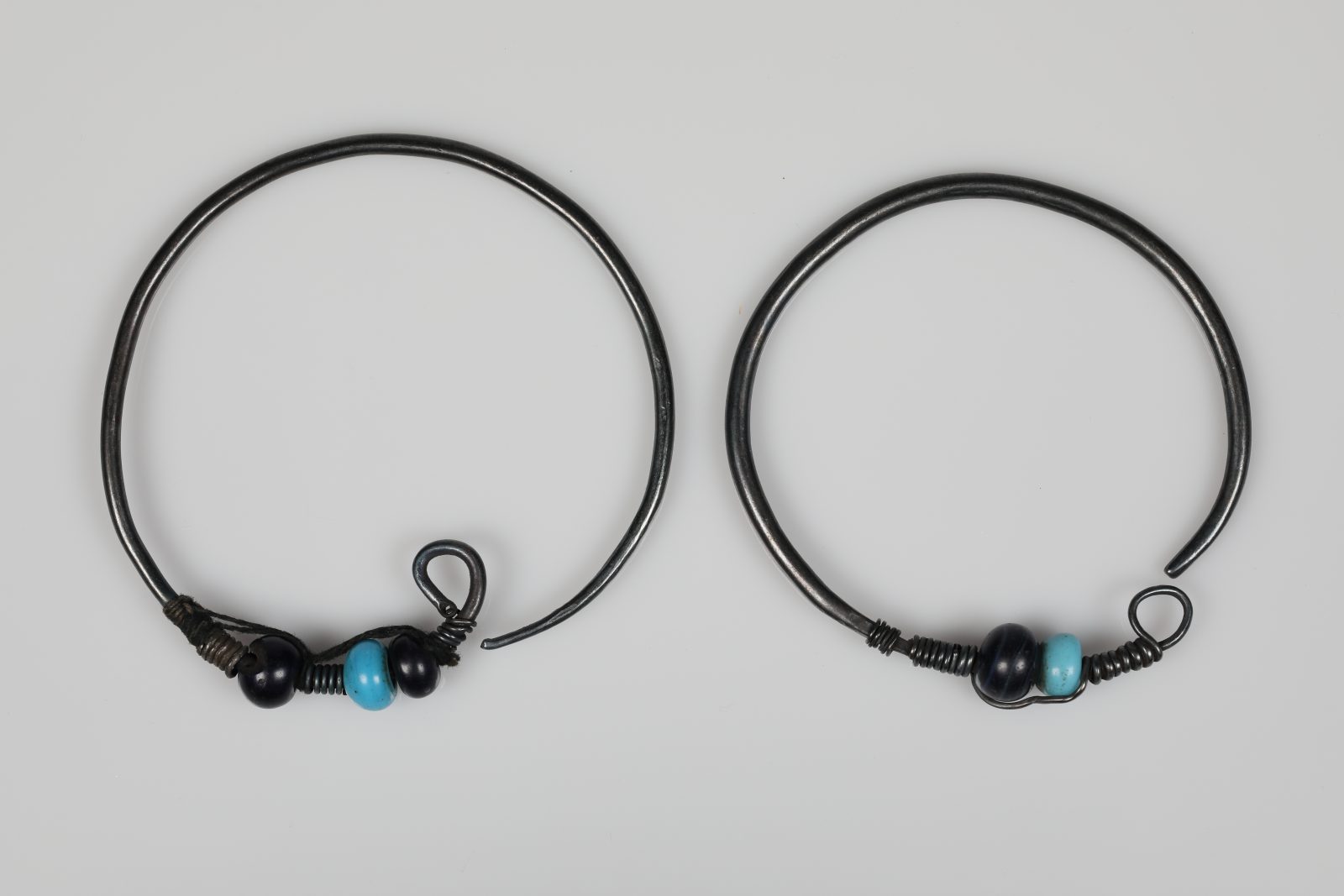
Ninkari (earrings)
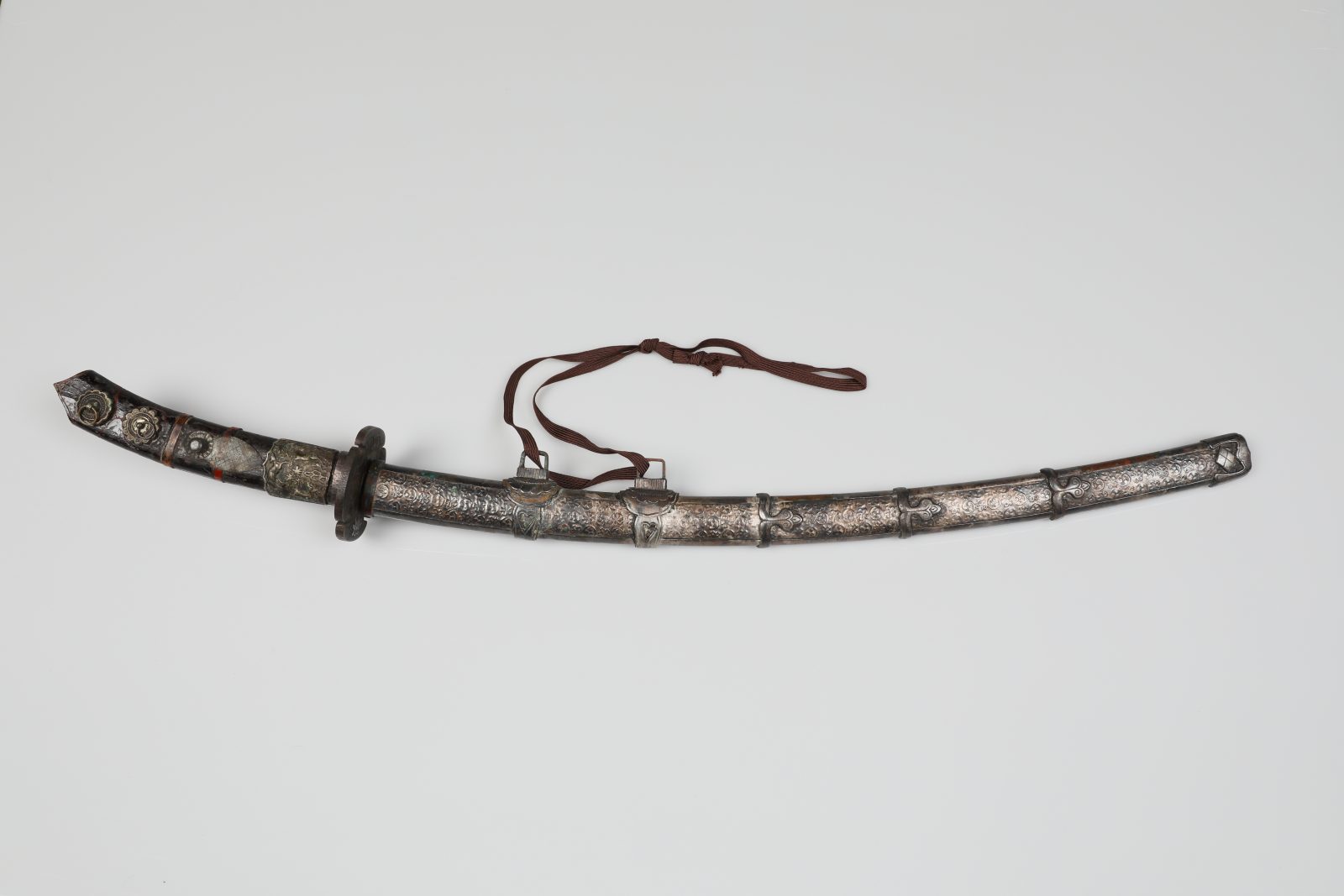
Ikor (treasured sword)
Kampi: Paper
The texts and paintings concerning the Ainu include those made by Wajin (ethnic Japanese) as a means of recording Ainu life from the outside, and also those made by the Ainu to record their language and culture as a means of passing these on to the next generation from the inside. These provide us with valuable information from a time when photography, film, and voice recording equipment was difficult to come by.
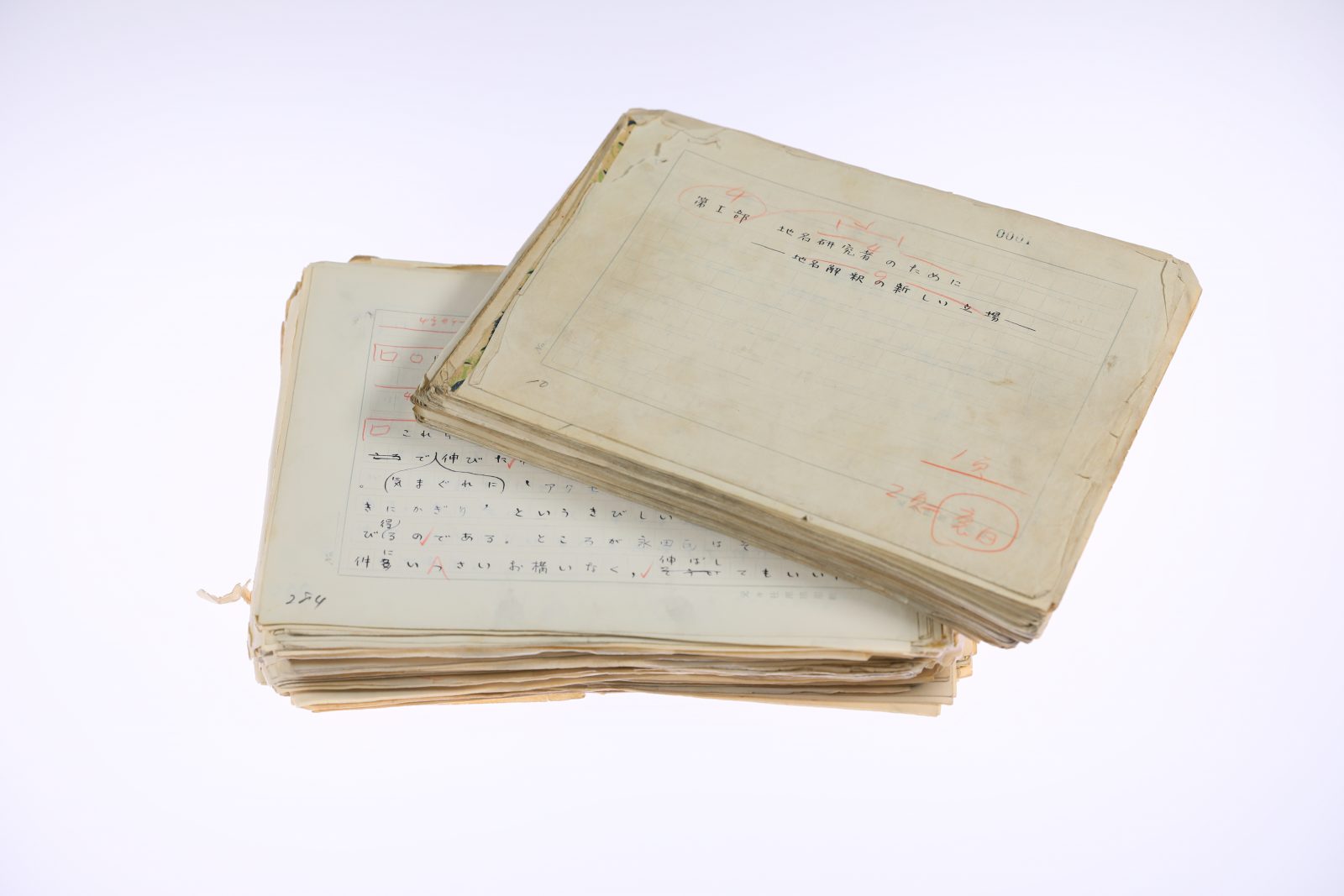
“Introduction to the Ainu Language” (Manuscript)
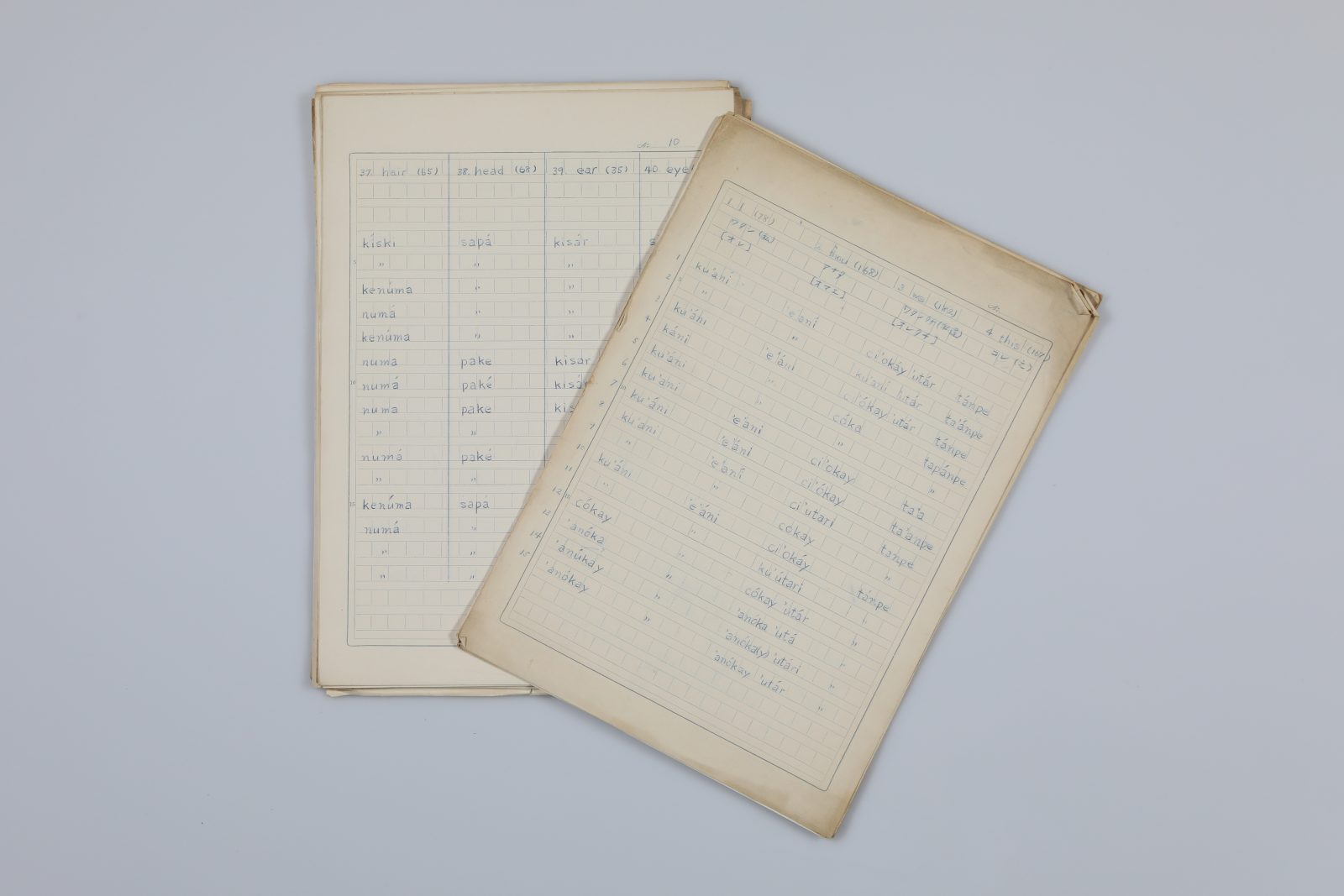
Basic Ainu Vocabulary Table (Manuscript)


